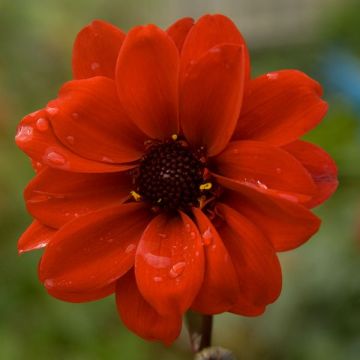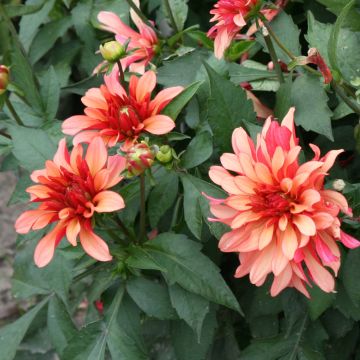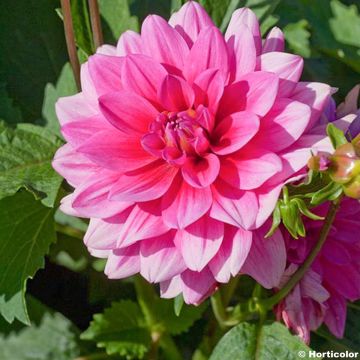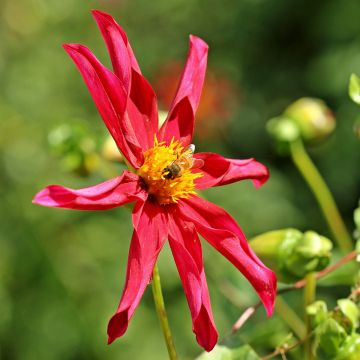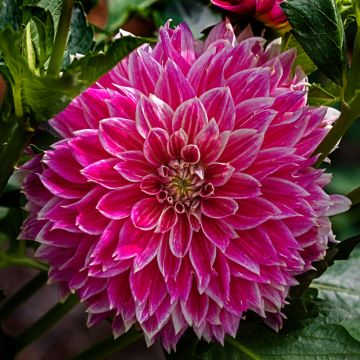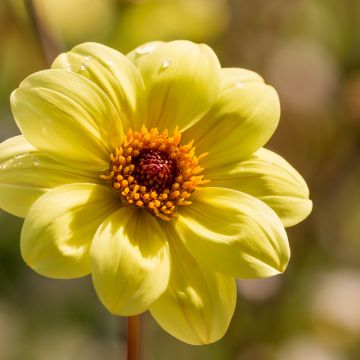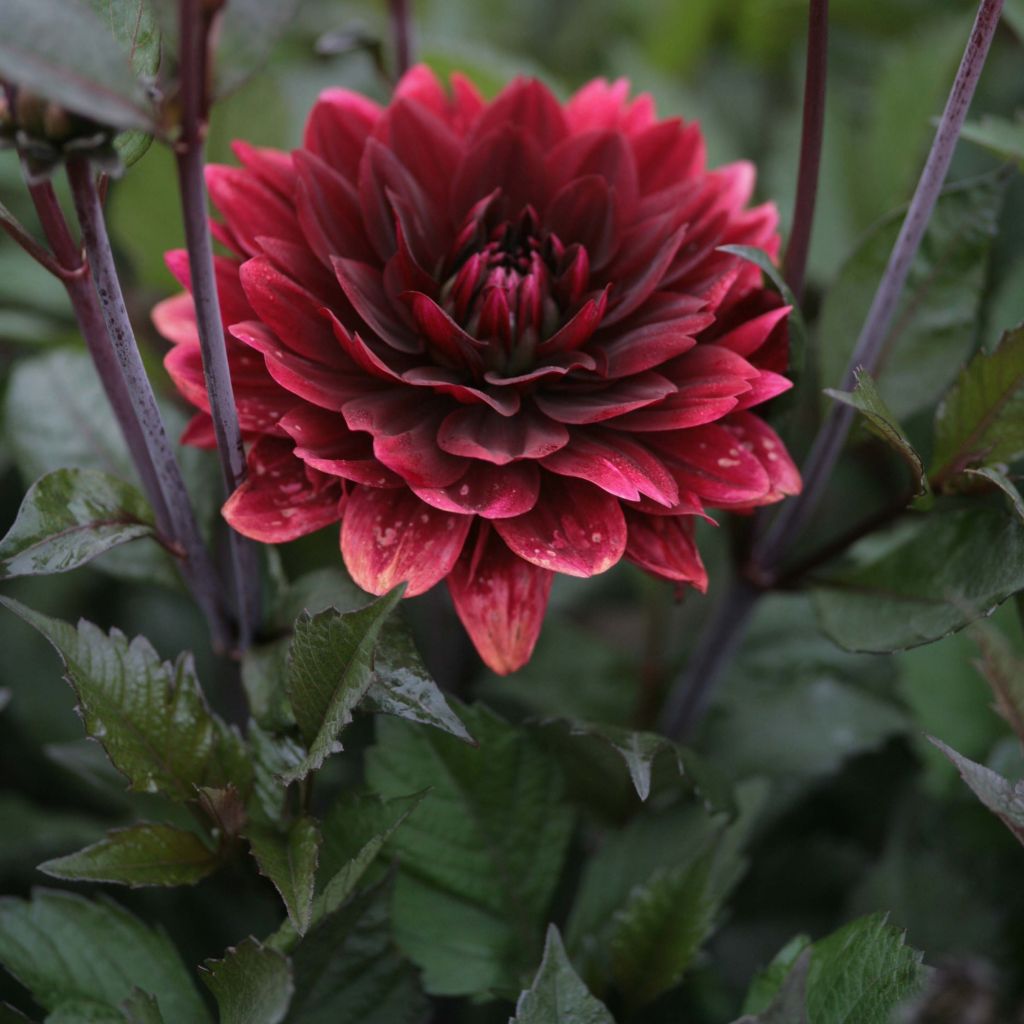

Dahlia After Dusk
View more pictures
Hide images
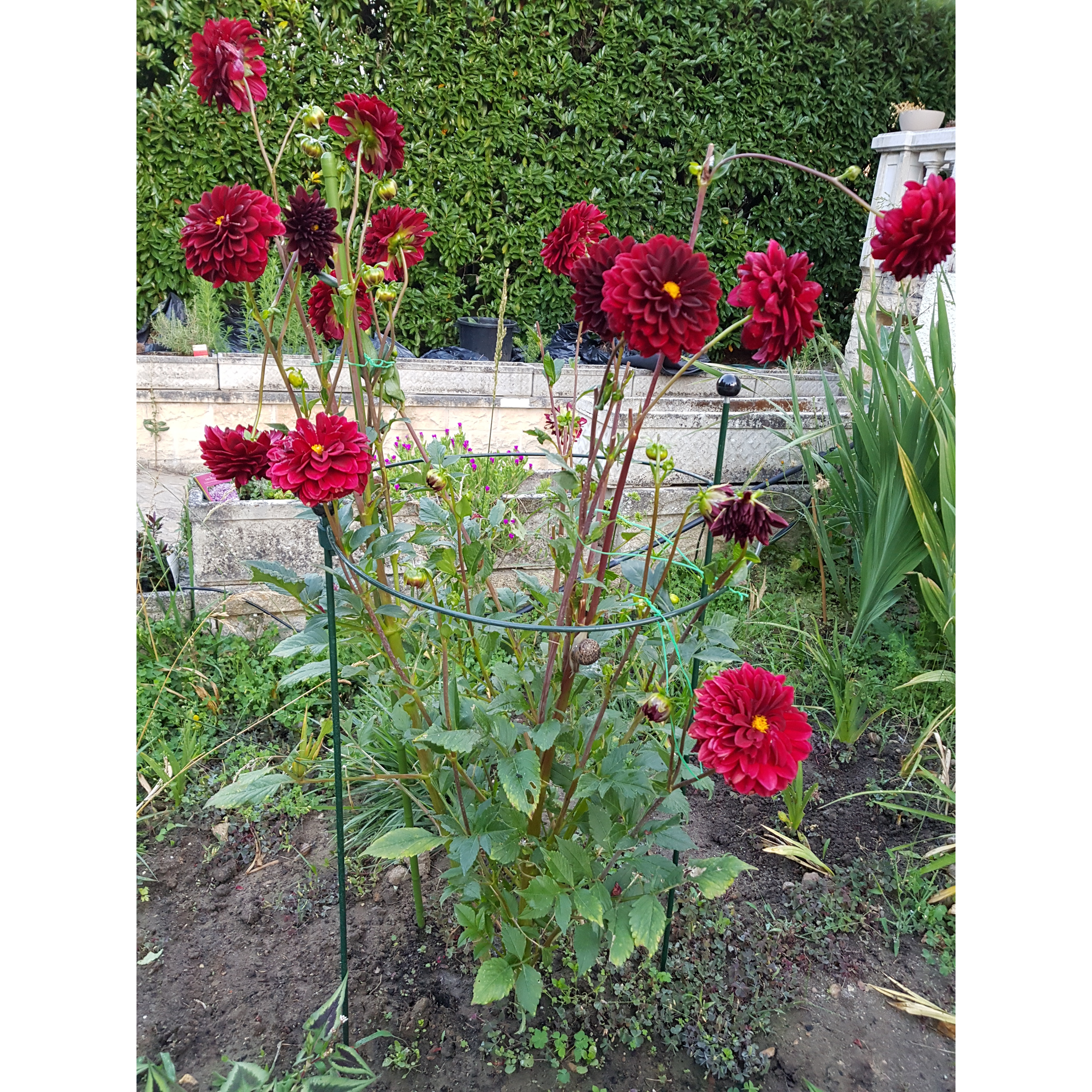
Paula D.

Flowering in July
Paula D. • 94 FR
Dahlia After Dusk
Dahlia After Dusk
Dahlia
Beautiful bulb
Dominique C., 01/09/2020
Special offer!
Receive a €20 voucher for any order over €90 (excluding delivery costs, credit notes, and plastic-free options)!
1- Add your favorite plants to your cart.
2- Once you have reached €90, confirm your order (you can even choose the delivery date!).
3- As soon as your order is shipped, you will receive an email containing your voucher code, valid for 3 months (90 days).
Your voucher is unique and can only be used once, for any order with a minimum value of €20, excluding delivery costs.
Can be combined with other current offers, non-divisible and non-refundable.
Home or relay delivery (depending on size and destination)
Schedule delivery date,
and select date in basket
This plant carries a 6 months recovery warranty
More information
We guarantee the quality of our plants for a full growing cycle, and will replace at our expense any plant that fails to recover under normal climatic and planting conditions.
Would this plant suit my garden?
Set up your Plantfit profile →
Description
The 'After Dusk' Decorative Dahlia stands out with its large water lily-like flowers, displaying a rich, dark and velvety colour, intermediate between burgundy and chocolate, almost black at the core. Like a twilight mist, their petals are covered with a light silver veil. Carried by brownish-purple stems, resilient against inclement weather, they are superb for making bouquets. This dark dahlia will have its rightful place in flower beds, allowing for beautiful potted flowers. Its freshly picked flowers last a long time in a vase.
Dahlias belong to the large family of Asteraceae, originally from the high plateaus of Mexico. Currently, the approximately 25,000 horticultural varieties obtained by humans have invaded, to our great pleasure, gardens worldwide. Varieties of Dahlias are classified according to the shape of their heads. 'After Dusk' is a Decorative Dahlia with water lily-like flowers. The flower heads comprise several rows of flat outer ligules, barely curled downwards. The heads are opulent and measure up to 15 cm (6in) in diameter. The ligules are a dark burgundy red, rich in brown to black shades. The centre of the flower, very tight, is composed of small, almost black petals. The plant will reach 80 cm (32in) in height and 50 cm (20in) in width. It has a bushy and compact habit; the strength of its stems does not require any staking. Its dark bronze-green leaves are divided into very denticulate lobes. The long flowering period of this variety begins in July and ends in October-November if faded flowers are removed or bouquets are made frequently.
Today, essential in flower gardens, Dahlias were initially cultivated in Mexico as a root vegetable. Their poor taste qualities quickly assigned them the status of an ornamental plant, but they are still welcome in the vegetable garden to bring some colour amidst the vegetables. 'After Dusk' has multiple uses in flower beds and on the terrace and pairs particularly well with white, pink, and orange flowers and silver foliage.
Our advice: To make bouquets of 'After Dusk' Dahlias, pick them up early in the morning when the flower is fully open.
Dahlia After Dusk in pictures
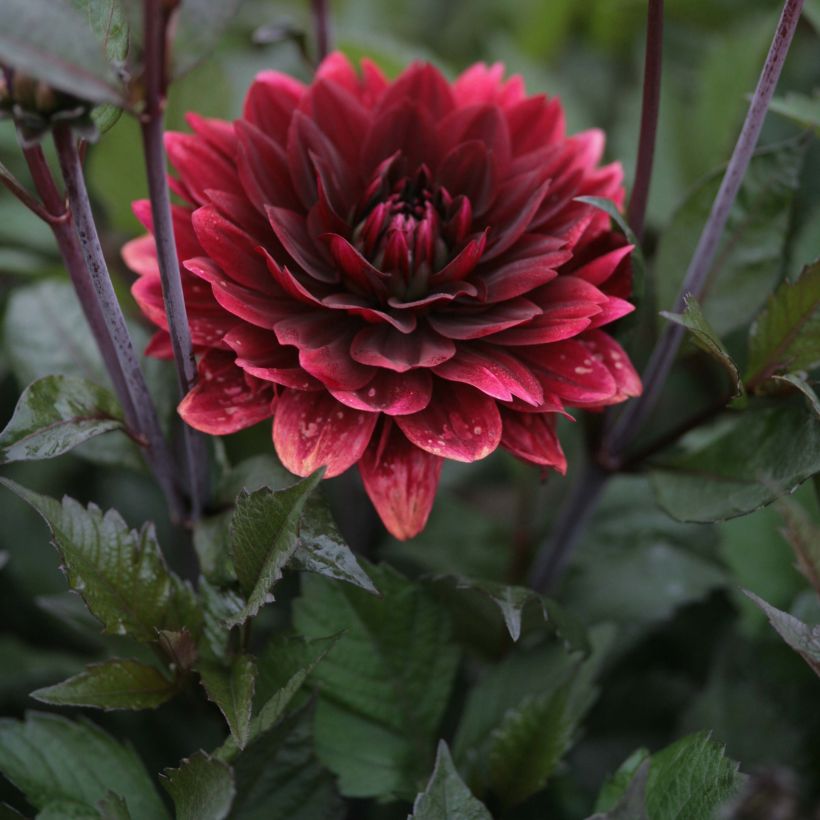

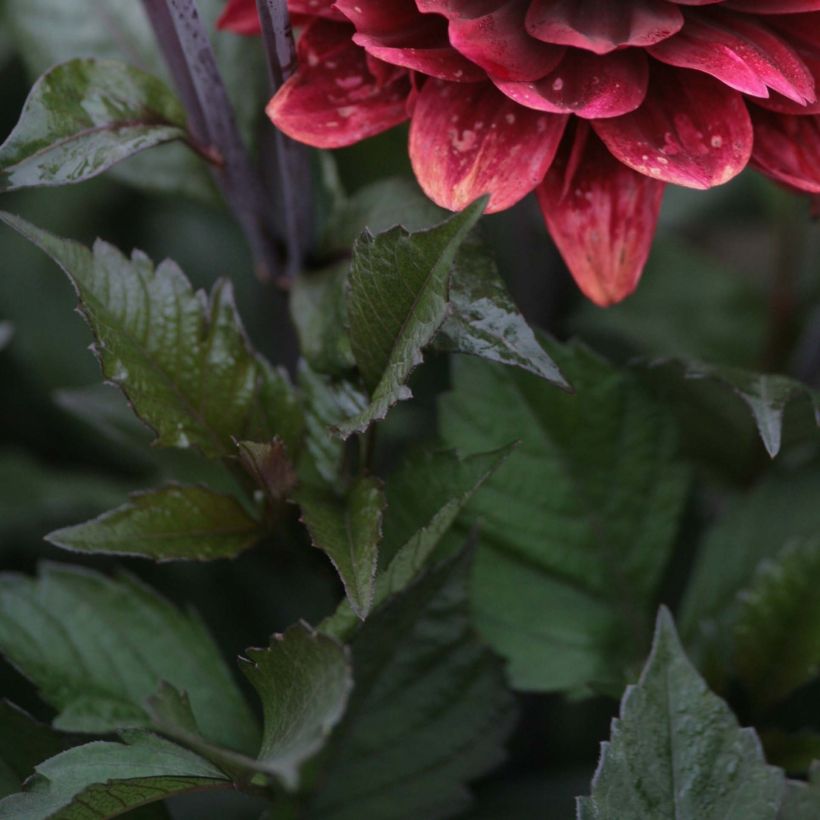

Plant habit
Flowering
Foliage
Botanical data
Dahlia
After Dusk
Asteraceae
Dahlia
Cultivar or hybrid
Planting and care
The Dahlia 'After Dusk' enjoys sunny spots in your garden. Place it in ordinary soil, rich in humus, sandy, fairly fertile, and well-drained. Plant the bulbs at a depth of 10 cm (4in), spaced 40 cm (16in) apart. Planting should take place after the last frost, from May to June. Easy to grow, provide a nitrogen-rich fertiliser until the end of June, then a potassium-rich fertiliser from July until October. These applications should be done once a week and will help extend the flowering period. After planting, water regularly at the base, preferably in the evening, avoiding wetting the foliage. Watering is essential during hot periods. Regularly remove faded flowers. After flowering, store the bulbs in a dry and well-ventilated area, preferably in sand and protected from rodents. A cellar is an ideal place. Before storing them, leave some leaves in place for the bulb to replenish its nutrient reserves and wait for these leaves to turn yellow. You can replant them in spring.
Planting period
Intended location
Care
Planting & care advice
-
, onOrder confirmed
Reply from on Promesse de fleurs
Similar products
Haven't found what you were looking for?
Hardiness is the lowest winter temperature a plant can endure without suffering serious damage or even dying. However, hardiness is affected by location (a sheltered area, such as a patio), protection (winter cover) and soil type (hardiness is improved by well-drained soil).

Photo Sharing Terms & Conditions
In order to encourage gardeners to interact and share their experiences, Promesse de fleurs offers various media enabling content to be uploaded onto its Site - in particular via the ‘Photo sharing’ module.
The User agrees to refrain from:
- Posting any content that is illegal, prejudicial, insulting, racist, inciteful to hatred, revisionist, contrary to public decency, that infringes on privacy or on the privacy rights of third parties, in particular the publicity rights of persons and goods, intellectual property rights, or the right to privacy.
- Submitting content on behalf of a third party;
- Impersonate the identity of a third party and/or publish any personal information about a third party;
In general, the User undertakes to refrain from any unethical behaviour.
All Content (in particular text, comments, files, images, photos, videos, creative works, etc.), which may be subject to property or intellectual property rights, image or other private rights, shall remain the property of the User, subject to the limited rights granted by the terms of the licence granted by Promesse de fleurs as stated below. Users are at liberty to publish or not to publish such Content on the Site, notably via the ‘Photo Sharing’ facility, and accept that this Content shall be made public and freely accessible, notably on the Internet.
Users further acknowledge, undertake to have ,and guarantee that they hold all necessary rights and permissions to publish such material on the Site, in particular with regard to the legislation in force pertaining to any privacy, property, intellectual property, image, or contractual rights, or rights of any other nature. By publishing such Content on the Site, Users acknowledge accepting full liability as publishers of the Content within the meaning of the law, and grant Promesse de fleurs, free of charge, an inclusive, worldwide licence for the said Content for the entire duration of its publication, including all reproduction, representation, up/downloading, displaying, performing, transmission, and storage rights.
Users also grant permission for their name to be linked to the Content and accept that this link may not always be made available.
By engaging in posting material, Users consent to their Content becoming automatically accessible on the Internet, in particular on other sites and/or blogs and/or web pages of the Promesse de fleurs site, including in particular social pages and the Promesse de fleurs catalogue.
Users may secure the removal of entrusted content free of charge by issuing a simple request via our contact form.
The flowering period indicated on our website applies to countries and regions located in USDA zone 8 (France, the United Kingdom, Ireland, the Netherlands, etc.)
It will vary according to where you live:
- In zones 9 to 10 (Italy, Spain, Greece, etc.), flowering will occur about 2 to 4 weeks earlier.
- In zones 6 to 7 (Germany, Poland, Slovenia, and lower mountainous regions), flowering will be delayed by 2 to 3 weeks.
- In zone 5 (Central Europe, Scandinavia), blooming will be delayed by 3 to 5 weeks.
In temperate climates, pruning of spring-flowering shrubs (forsythia, spireas, etc.) should be done just after flowering.
Pruning of summer-flowering shrubs (Indian Lilac, Perovskia, etc.) can be done in winter or spring.
In cold regions as well as with frost-sensitive plants, avoid pruning too early when severe frosts may still occur.
The planting period indicated on our website applies to countries and regions located in USDA zone 8 (France, United Kingdom, Ireland, Netherlands).
It will vary according to where you live:
- In Mediterranean zones (Marseille, Madrid, Milan, etc.), autumn and winter are the best planting periods.
- In continental zones (Strasbourg, Munich, Vienna, etc.), delay planting by 2 to 3 weeks in spring and bring it forward by 2 to 4 weeks in autumn.
- In mountainous regions (the Alps, Pyrenees, Carpathians, etc.), it is best to plant in late spring (May-June) or late summer (August-September).
The harvesting period indicated on our website applies to countries and regions in USDA zone 8 (France, England, Ireland, the Netherlands).
In colder areas (Scandinavia, Poland, Austria...) fruit and vegetable harvests are likely to be delayed by 3-4 weeks.
In warmer areas (Italy, Spain, Greece, etc.), harvesting will probably take place earlier, depending on weather conditions.
The sowing periods indicated on our website apply to countries and regions within USDA Zone 8 (France, UK, Ireland, Netherlands).
In colder areas (Scandinavia, Poland, Austria...), delay any outdoor sowing by 3-4 weeks, or sow under glass.
In warmer climes (Italy, Spain, Greece, etc.), bring outdoor sowing forward by a few weeks.












































